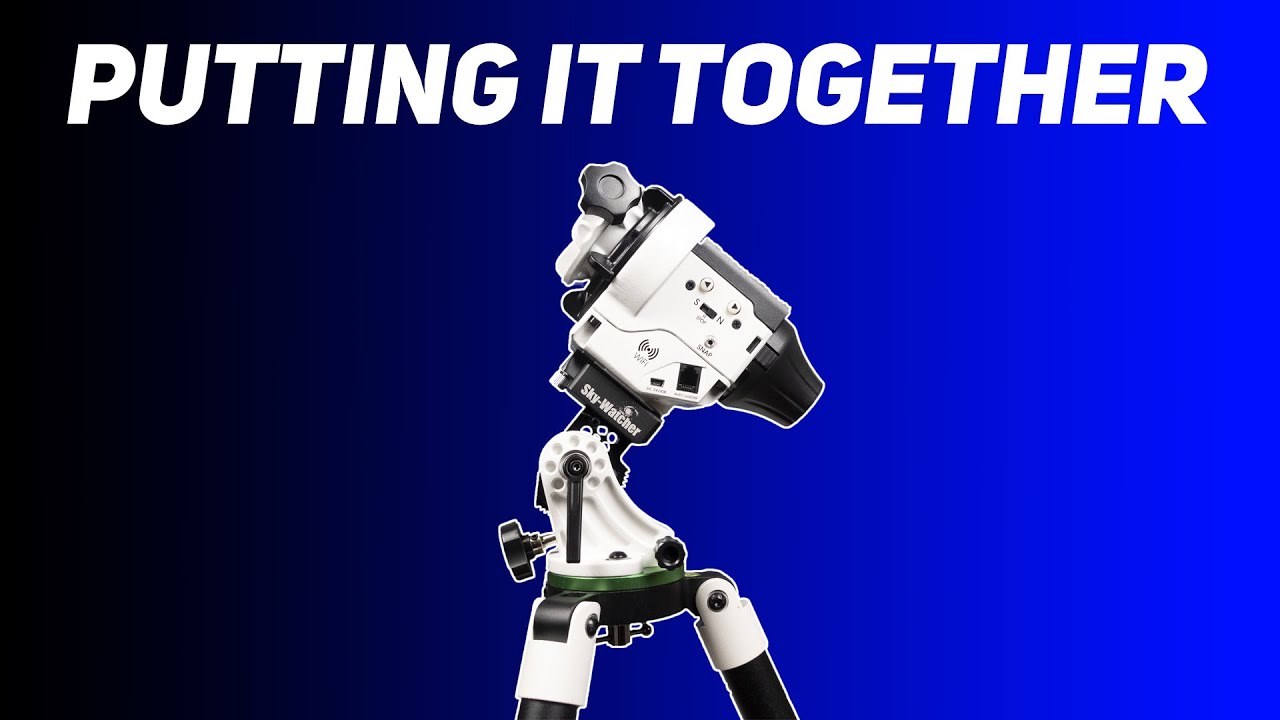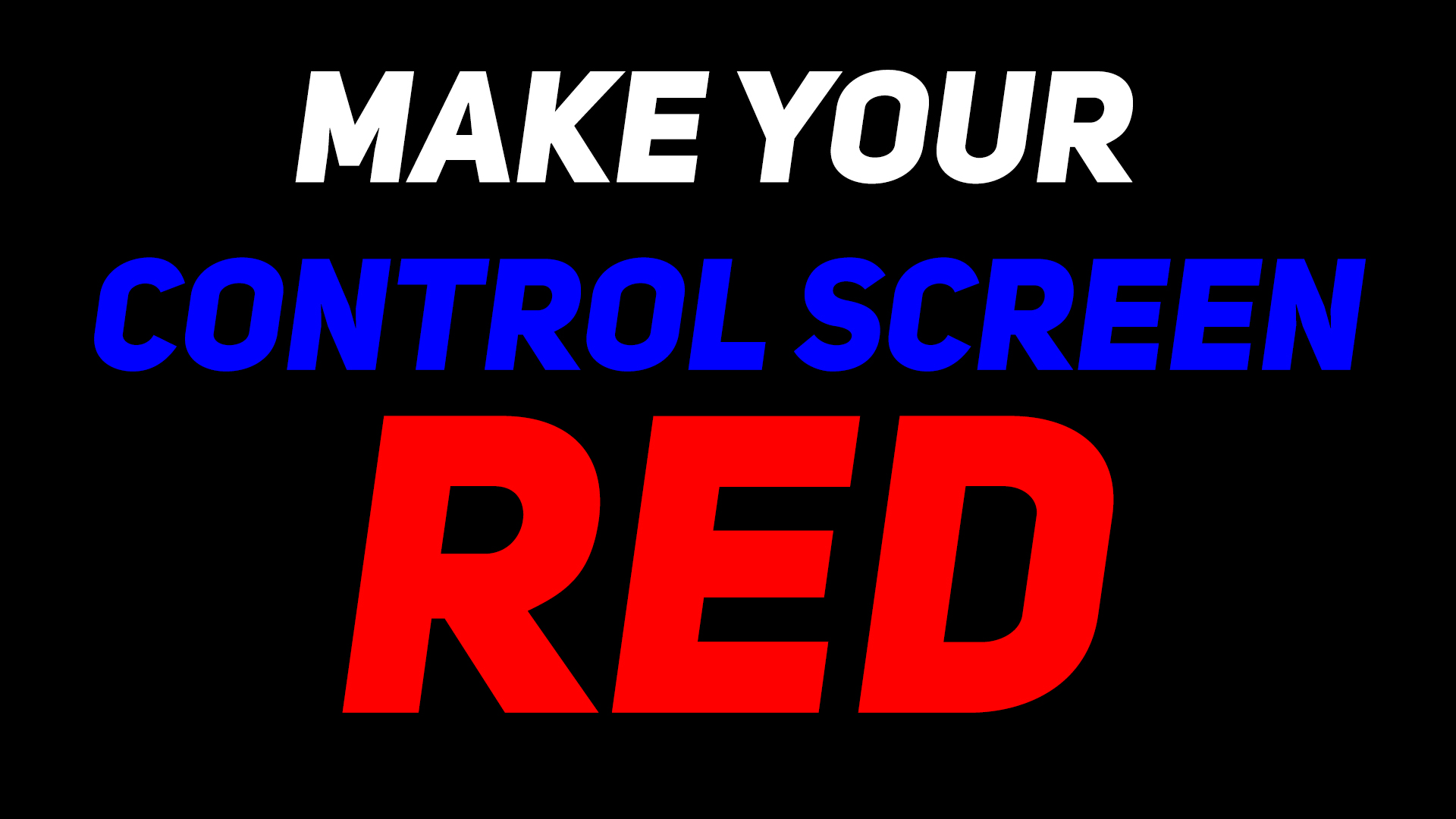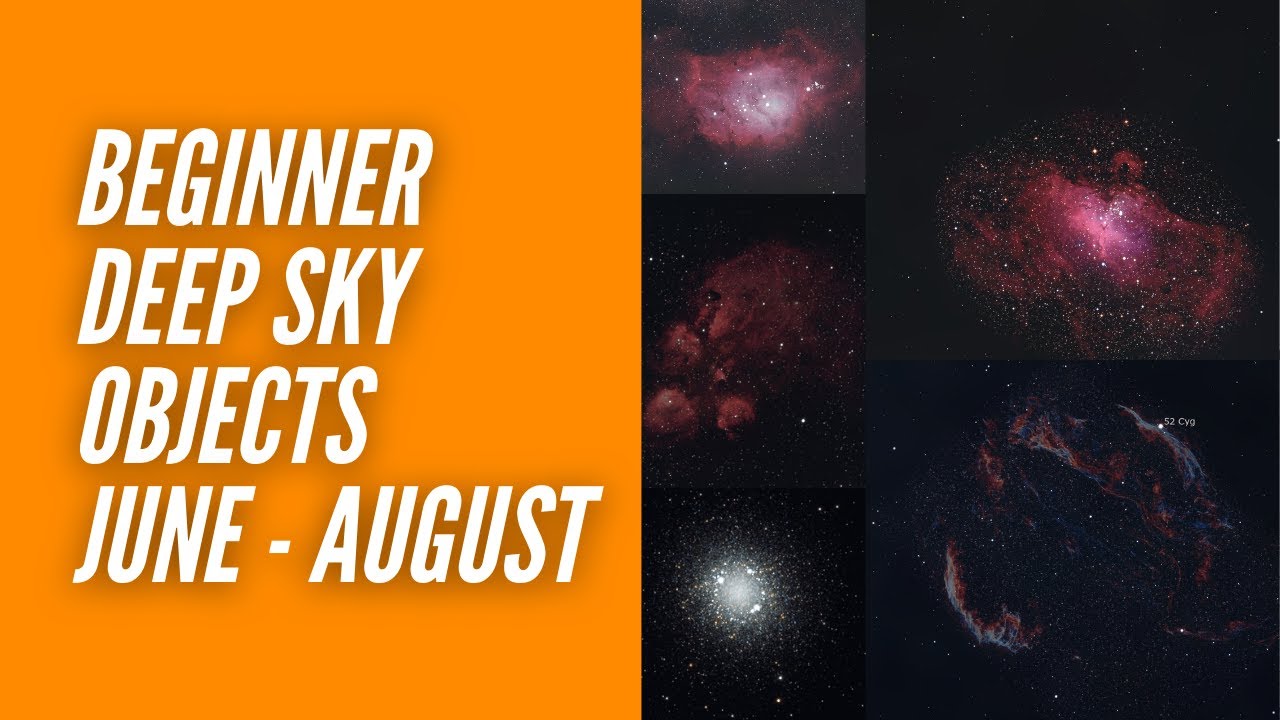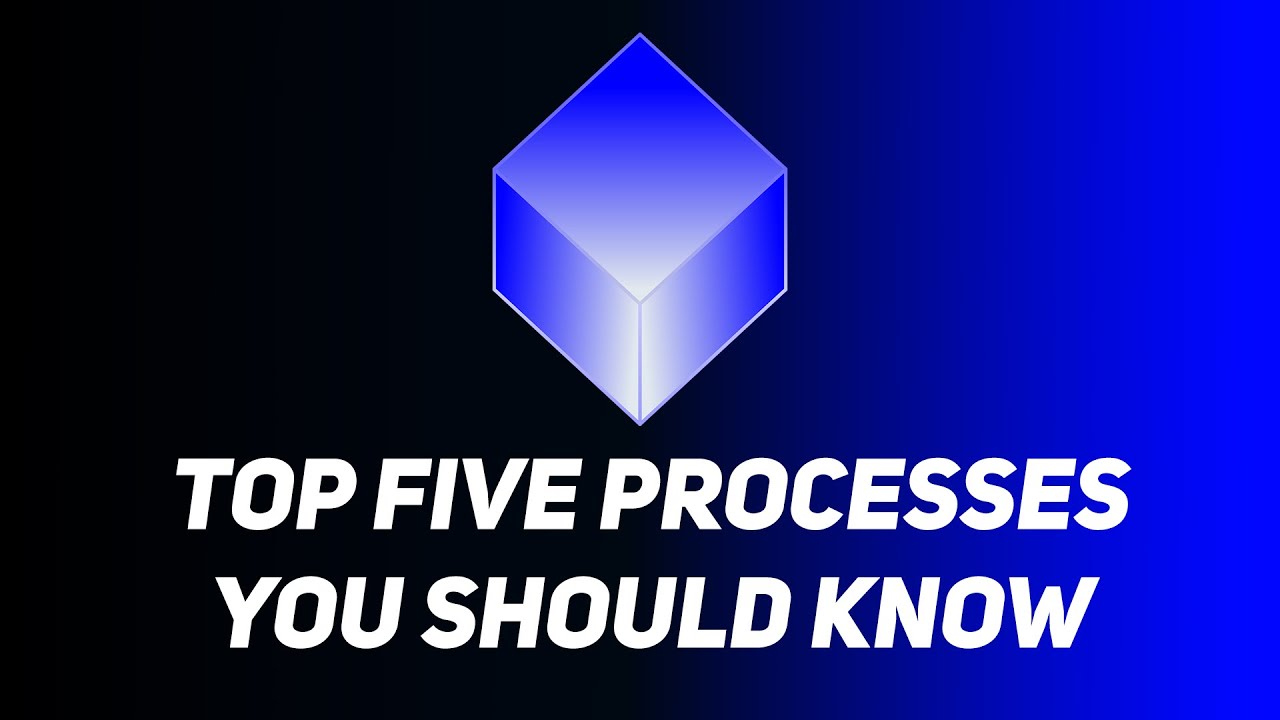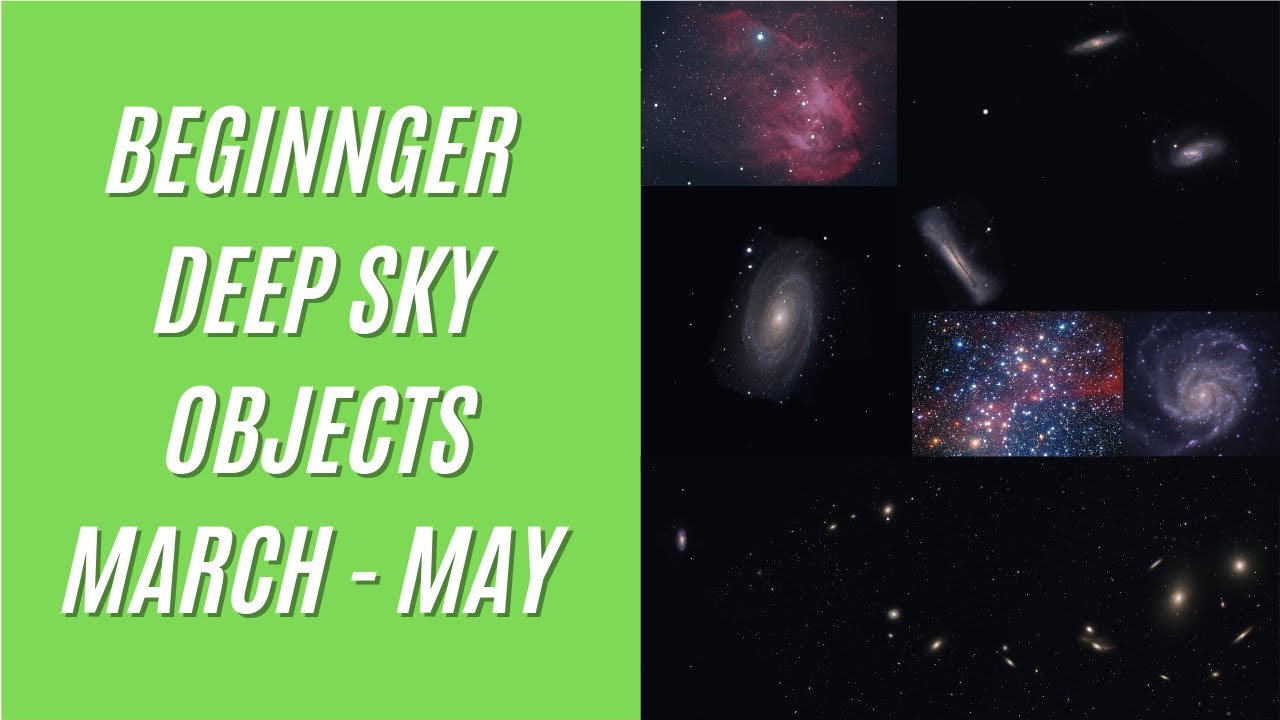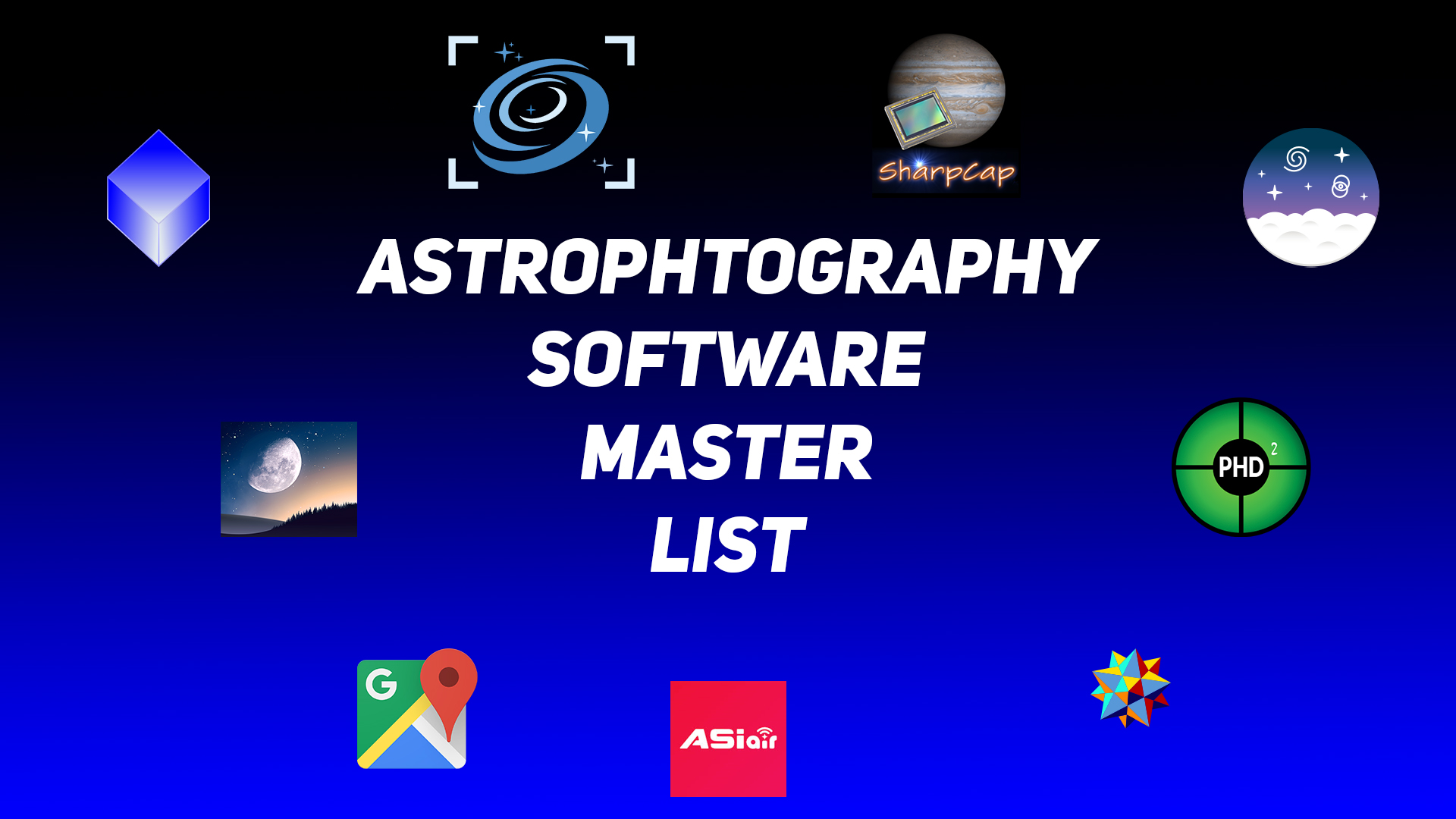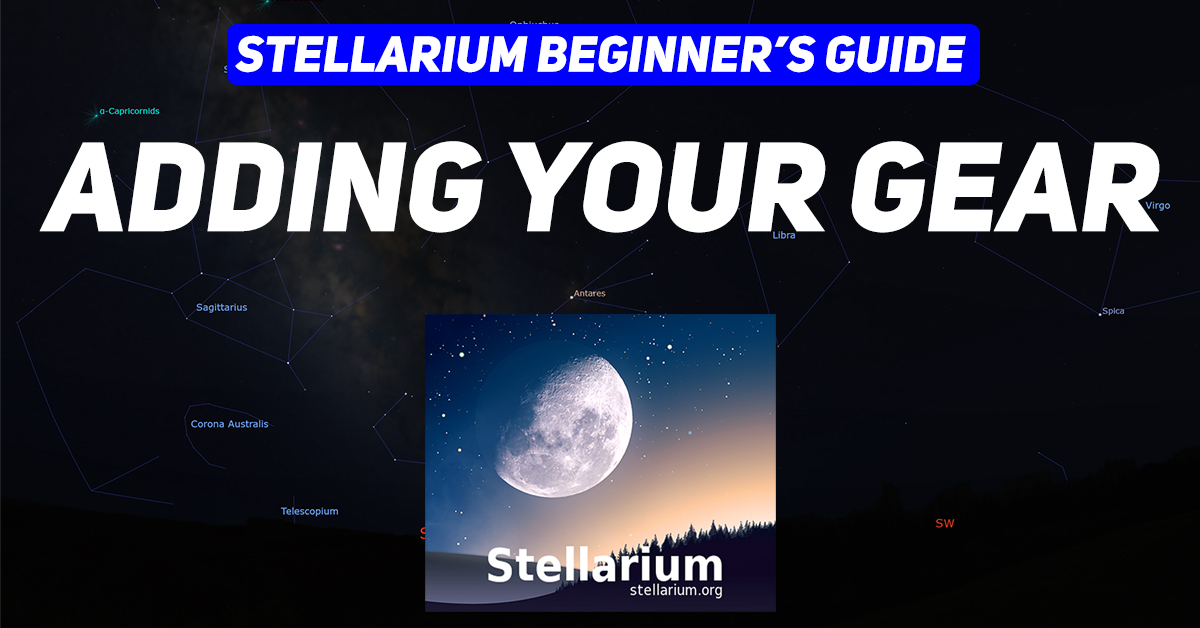How to Set Up the Sky-Watcher Star Adventurer
When starting in astrophotography, one necessary piece of gear is a tracking mount. A common one to start with is a star tracker due to portability and use with a DSLR. In this article, we will go over setting up the Sky-Watcher Star Adventurer with the DSLR that you may have or plan on getting. While we will be using the 2i specifically, this article will also work for the original version, and the mini. Just keep in mind that the mini has an upper limit of 6.6 lbs. attached, and the original and the 2i have a limit of…

